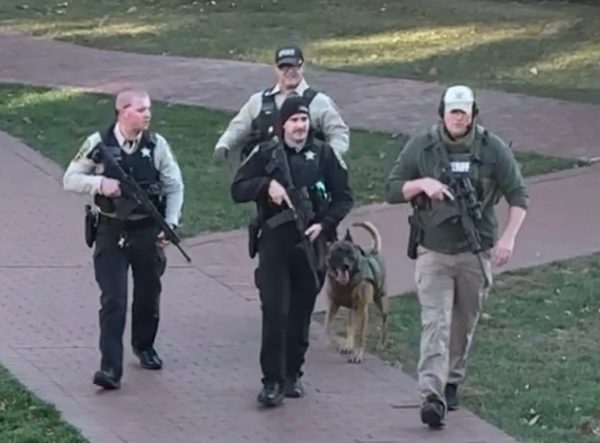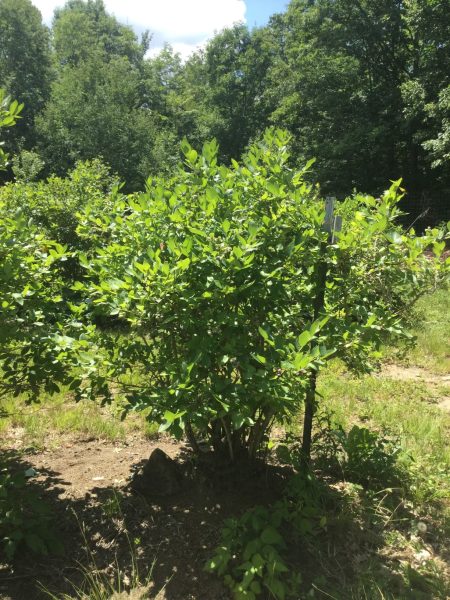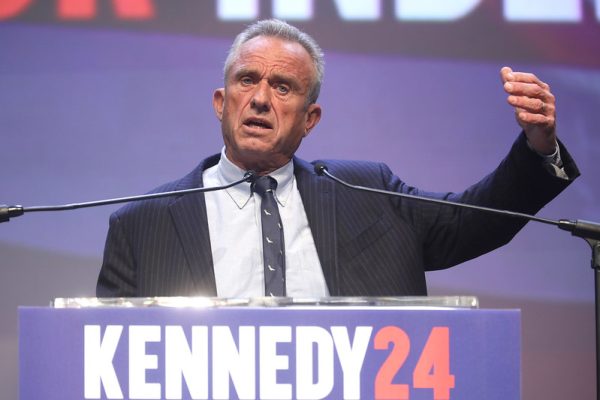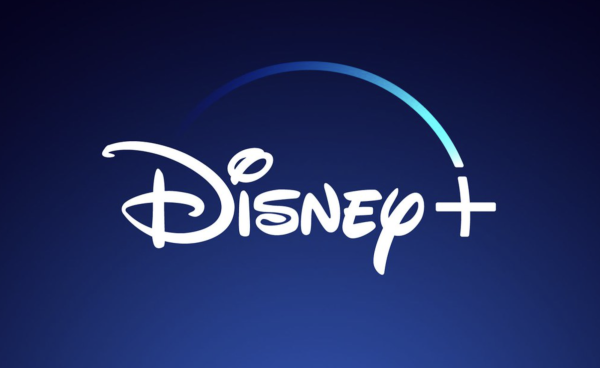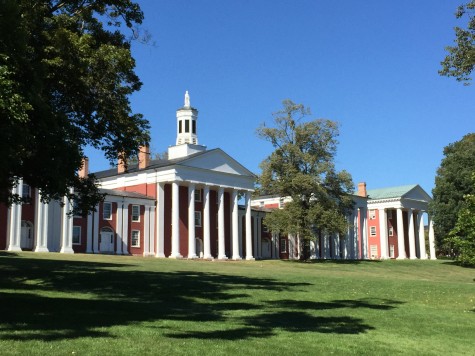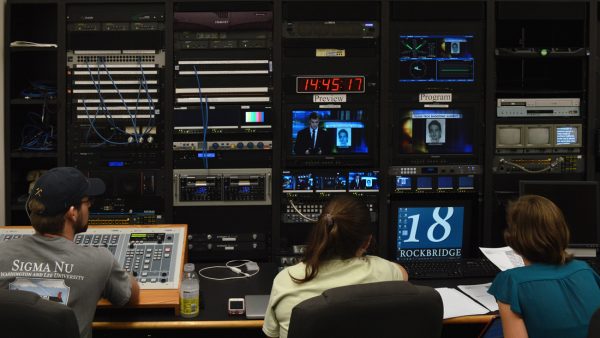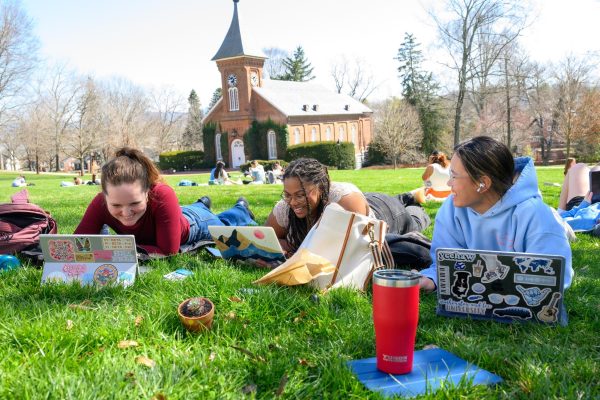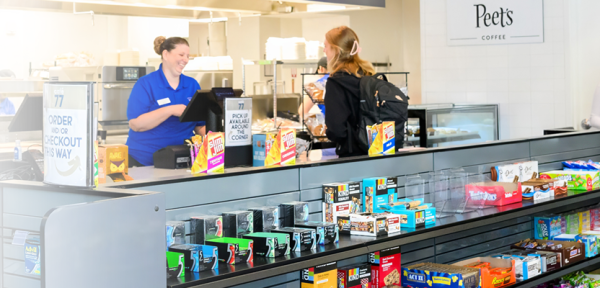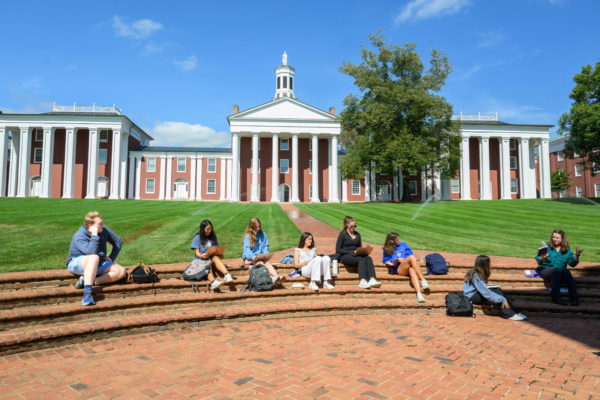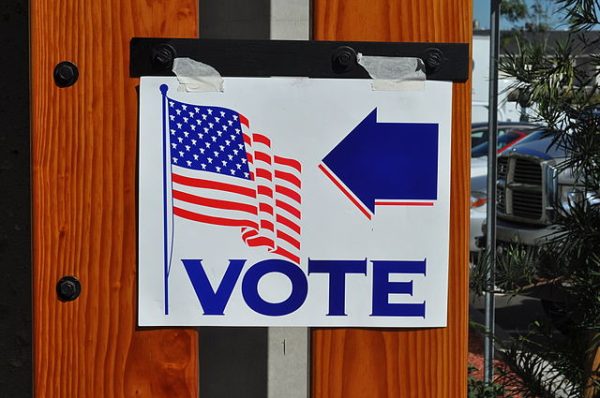Telling the whole story about slavery
May 9, 2016
William Faulkner once wrote that “the past isn’t dead, it isn’t even past.” At Washington and Lee, we understand that statement better than most. We consider history every single day through the traditions we embrace, the halls we walk and the lives we lead.
Every time you avoid the center archway at Graham-Lees, you’re communicating with the past. Every time you sit well dressed in a dimly lit Lee Chapel, you’re communicating with the past. Every time you jog across Cadaver Bridge, you’re communicating with the past. Every time you walk down the Colonnade and can’t help but feel overwhelmed by the beauty of the white columns and red brick, you’re communicating with the past.
The past isn’t past. It’s still right here, living all around us.
Given the remarkable history of our institution, it is fitting that we should communicate with our own past as much as we do. Washington and Lee’s history mirrors our nation’s history. As President Ruscio has said, this gives us a particular responsibility to attempt to make sense of it all. What institution is better positioned? If W&L can’t make sense of history, who can?
One big part of considering our own history is simply telling the whole story. It might sound simple, but you’d be surprised.
Far too often, people think only about the good aspects of history. They prefer to consider only the heroes, the victories, the feel-good stories, etc. At W&L, we frequently fall into this trap. Both General Washington and General Lee were remarkable men, and they both contributed tremendously to the formation of our nation and this university. But they aren’t the whole story.
As I said, our history at W&L mirrors the nation’s history. And just as our nation has had many regrettable moments throughout its past, so has W&L. One in particular comes to mind.
People frequently don’t realize how central the practice of slavery was to the growth of our nation. It was the backbone of the American economy for half a century. Historian Edmund Morgan coined this the “American Paradox”: that a nation founded on ideals of human equality and freedom could, at the same time, be tied fundamentally to a barbaric, inhuman practice. As painful as it may be to admit, our nation was built on the backs of African slaves.
W&L was no different. Our university owned human beings and sold their labor for profit. We don’t know the extent of what they did here, but it is very possible that slaves had some hand in building the Colonnade. This is hardly a pleasant chapter in our history. It’s honestly painful to think about. But we must tell the whole story.
About a month ago, the university community took a huge step towards understanding this unfortunate chapter in our history by erecting a marker between Robinson and Tucker halls recognizing the enslaved men and women owned by Washington College. The marker includes images of the original lists of slaves who were bequeathed to the college by John Robinson, the namesake of Robinson Hall.
The marker is entitled, “A Difficult, Yet Undeniable, History.” The key word there is “undeniable.” It may be uncomfortable to realize that this place we love so much is not flawless. W&L has its many imperfections, some of them deeply rooted. But we must not be afraid to confront these facts. As it turns out, slavery is as much a part of our history as George Washington or Robert E. Lee. To deny that is to fool ourselves and distort the past.
In erecting the slavery marker, our community is strengthening our communication with history. Of course, this is only a first step. More research must be done to learn about the lives of the individual slaves and to place them in a broader historical context.
But at this point, kudos to those who were involved with the marker. It helps us tell the whole story of our past and thereby better understand the story of who we are today.



